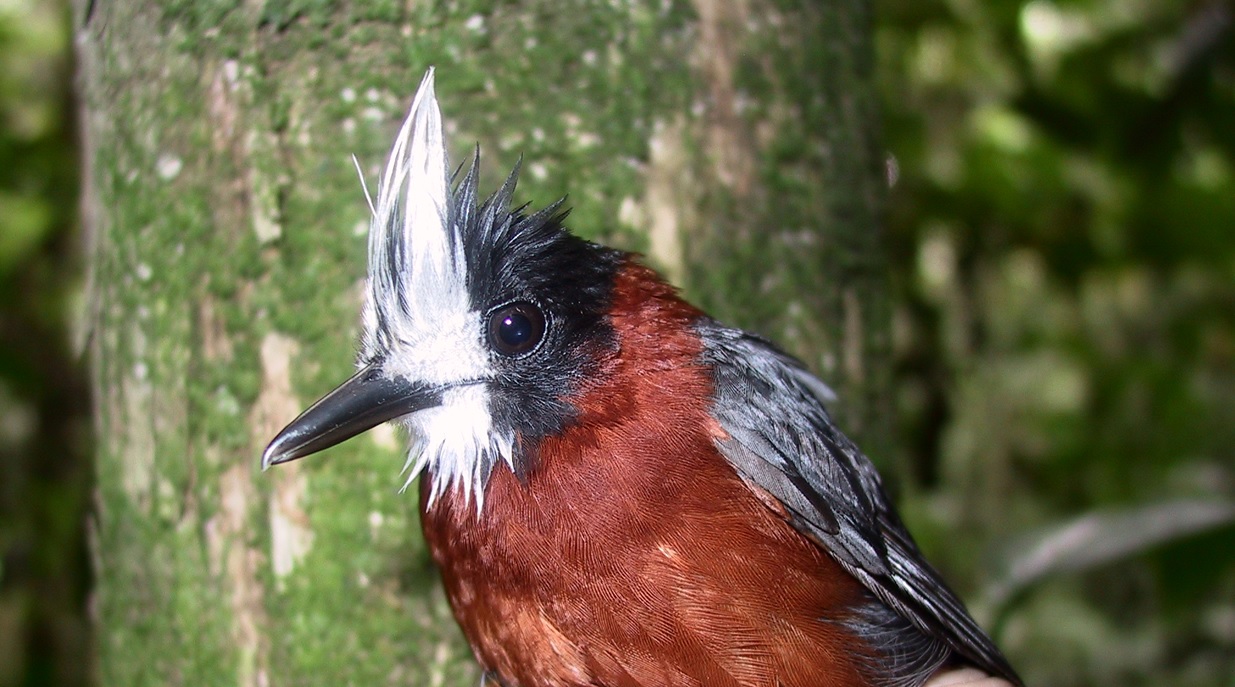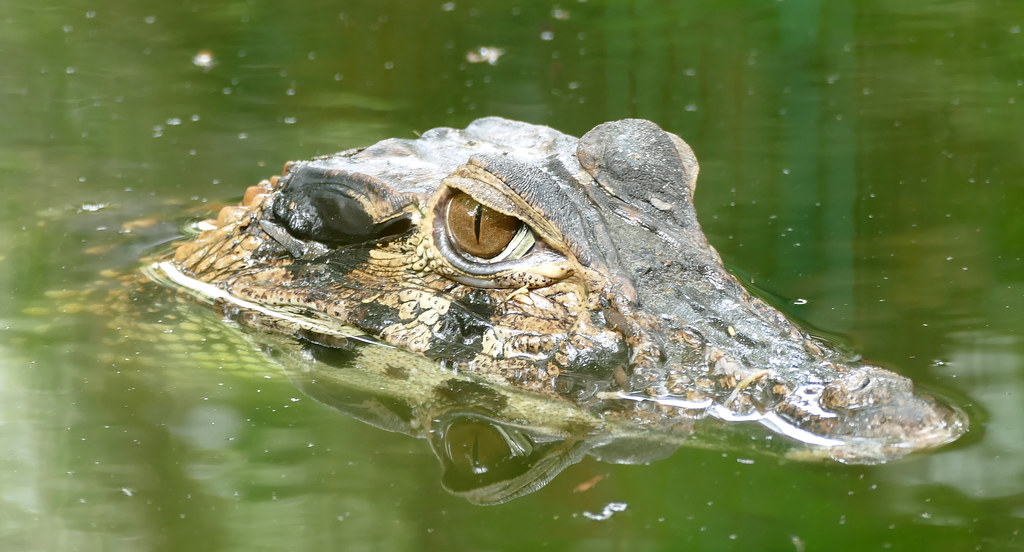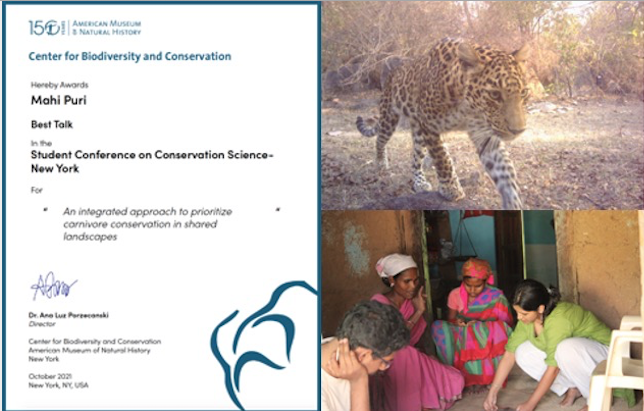Beginning in 2005, John Blake and I initiated a camera project at the Tiputini Biodiversity Station with then station manager Jaime Guerra and USFQ professor and station co-directors David Romo and Kelly Swing. With the help of the “tigres”, the guys that work at the station, cameras were deployed along the 30+ km of trails and various mammal salt licks (“saladeros”). Over the years, the focus of the study has changed somewhat in order to address new questions, but continuous camera studies have revealed much about the activity of vertebrate fauna that often is hard to study (e.g., jaguars, pumas). John is wrapping up field work this week and has collected cameras deployed along the trails and the 2 100-ha transects. Some examples of the publications of this work are provided below:
Blake, J. G., D. Mosquera, B. A. Loiselle, J. A. Guerra, D. Romo, and K. Swing. 2015. Spatial and temporal activity patterns of ocelots Leopardus pardalis in lowland forest of eastern Ecuador. Journal of Mammalogy doi: 10.1093/jmammal/gyv190
Blake, J. G., D. Mosquera, J. Guerra, B. A. Loiselle, D. Romo, and K. Swing. 2014. Yasuní – a hotspot for jaguars Panthera onca (Carnivora: Felidae)? Camera-traps and jaguar activity at Tiputini Biodiversity Station, Ecuador. Revista de Biologia Tropical 62:689-698. doi: 10.15517/rbt.v62i2.11115
Blake, J. G., D. Mosquera, B. A. Loiselle, K. Swing, J. Guerra, and D. Romo. 2013. Temporal activity patterns of terrestrial mammals in lowland rainforest of eastern Ecuador. Ecotropica 18:137-146.
Blake, J., D. Mosquera, J. Guerra, B. Loiselle, D. Romo, and K. Swing. 2011. Mineral licks as diversity hotspots in lowland forest of eastern Ecuador. Diversity 3:217-234. doi:10.3390/d3020217
Blake, J. G., J. Guerra, D. Mosquera, R. Torres, B. A. Loiselle, and D. Romo. 2010. Use of Mineral Licks by White-bellied Spider Monkeys (Ateles belzebuth) and Red Howler Monkeys (Alouatta seniculus) in Eastern Ecuador. International Journal of Primatology31:471-483.












Recent Comments